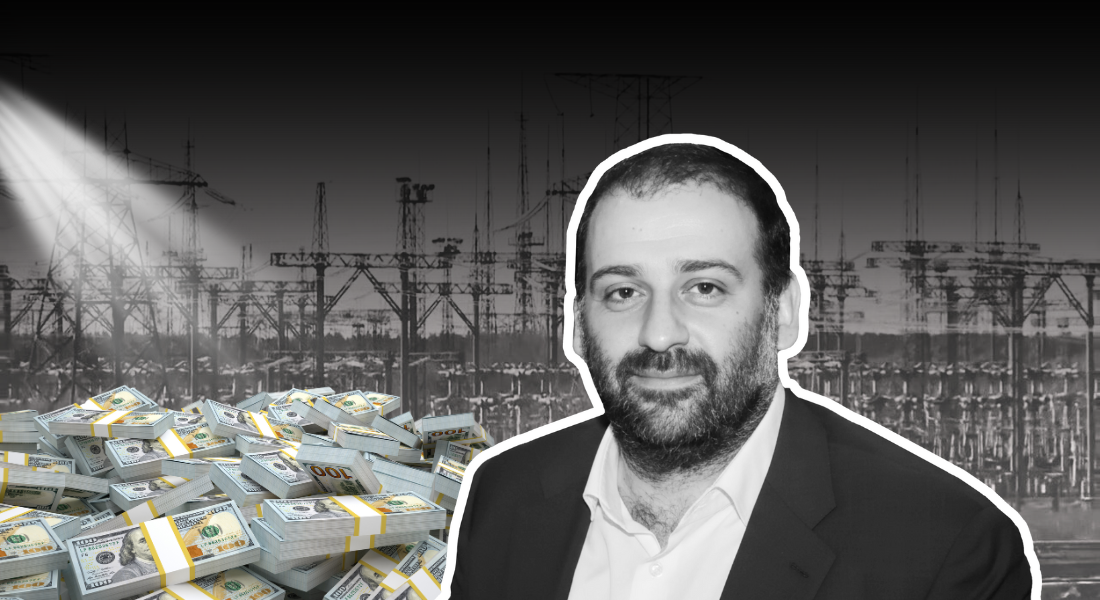

This week began with news of searches in the “Mindich tapes” case, which the NABU and the SAPO have called Operation “Midas”. Today, we will briefly outline what we saw during the week.
In effect, this marked the start of the public phase of the pretrial investigation — a phase preceded by 15 months of work and numerous obstacles that, at times, posed a real threat even to the continued existence of an independent anti-corruption system.
The President of Ukraine expressed full support for the investigations. However, only time will tell whether the authorities will truly refrain from exerting pressure on anti-corruption institutions more broadly — and whether the pressure seen several months ago was indeed linked to this investigation.
Alongside the controversial use of sanctions against the key fugitive suspects — Tymur Mindich and Oleksandr Tsukerman — this week also saw court hearings on interim measures for the detained defendants. These include:
- Ihor Myroniuk, former adviser to the Minister of Energy (“Rocket”) — detention with an alternative of UAH 126 million bail;
- Dmytro Basov, former Executive Director for Physical Protection and Security at NAEK “Energoatom” (“Tenor”) — detention with an alternative of UAH 40 million bail;
- Ihor Fursenko (“Rioshyk”), Lesia Ustymenko, and Liudmyla Zorina, “employees” of the cash-laundering back office — detention with alternatives of UAH 95 million, 25 million, and 12 million, respectively.
Oleksiy Chernyshov was served with a request for preventive measures on Friday evening. Bail has already been posted for Lesia Ustymenko and Liudmyla Zorina. As for the other suspects — Oleksandr Tsukerman (“Sugarman”) and Tymur Mindich (“Karlsson”) — motions for interim measures have not yet been received by the HASS. We were informed of this by the press service.
At the same time, based on what we observed this week, several interim conclusions can already be drawn.
- The NABU and the SAPO were able to execute an operation exposing a high-level corruption scheme despite limited resources, incomplete access to the investigative tools available to their counterparts in other countries, and the ongoing political pressure exerted on these bodies.
- The NABU and the SAPO are investigating the alleged actions of a criminal organization, including bribery and money laundering, in a manner consistent with international best practices for probing high-level corruption. This approach enables both the arrest and future confiscation of criminal proceeds in multiple jurisdictions and facilitates extradition from states that respect principles of mutual cooperation.
- The investigation now faces significant challenges in the public phase of the pretrial process: collecting additional evidence, conducting essential forensic examinations, searching for the fugitives, and identifying and holding accountable those responsible for leaking information to suspects or otherwise obstructing the investigation.
Publicly available information also reaffirms the relevance of recommendations from the NABU audit and the European Commission’s 2025 Enlargement Report — namely, that anti-corruption institutions require independent forensic capacities, the ability to conduct all covert investigative actions without involving the Security Service, and improved confiscation mechanisms and financial investigations.
We expect this case to proceed successfully to trial. Given the profile of the suspects, it will also be necessary to provide additional powers to the High Anti-Corruption Court to counter procedural abuses — ensuring that the case can be heard within a reasonable timeframe.
The NABU and the SAPO are investigating the alleged actions of a criminal organization, including bribery and money laundering, in a manner consistent with international best practices for probing high-level corruption. The investigation now faces significant challenges in the public phase of the pretrial process: collecting additional evidence, conducting essential forensic examinations, searching for the fugitives, and identifying and holding accountable those responsible for leaking information to suspects or otherwise obstructing the investigation.






